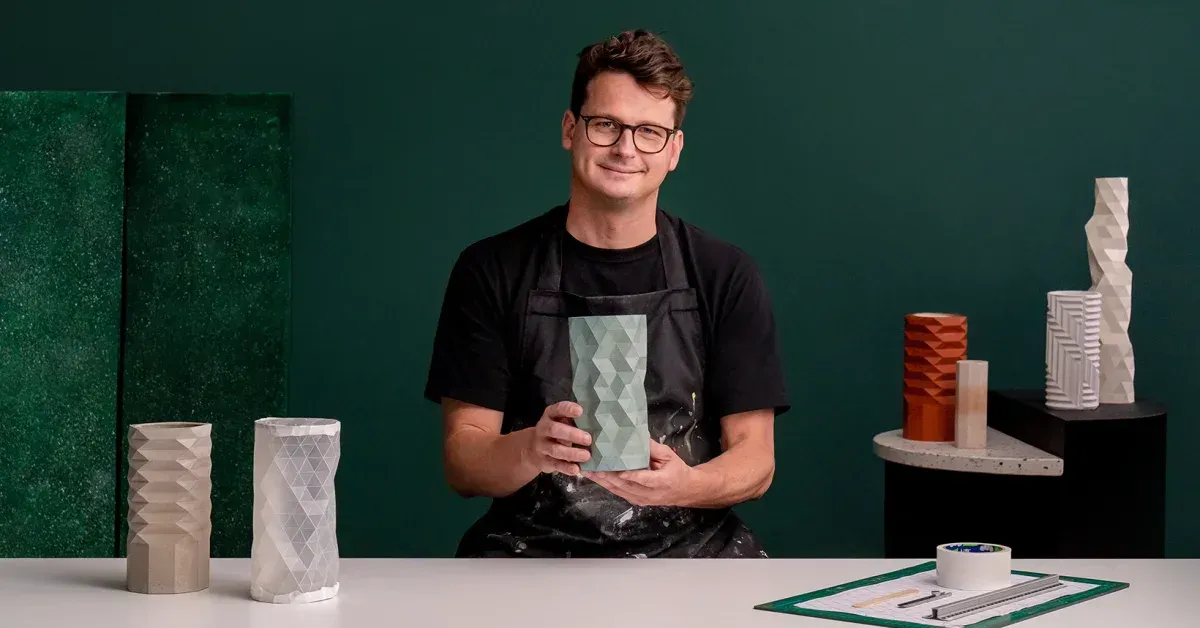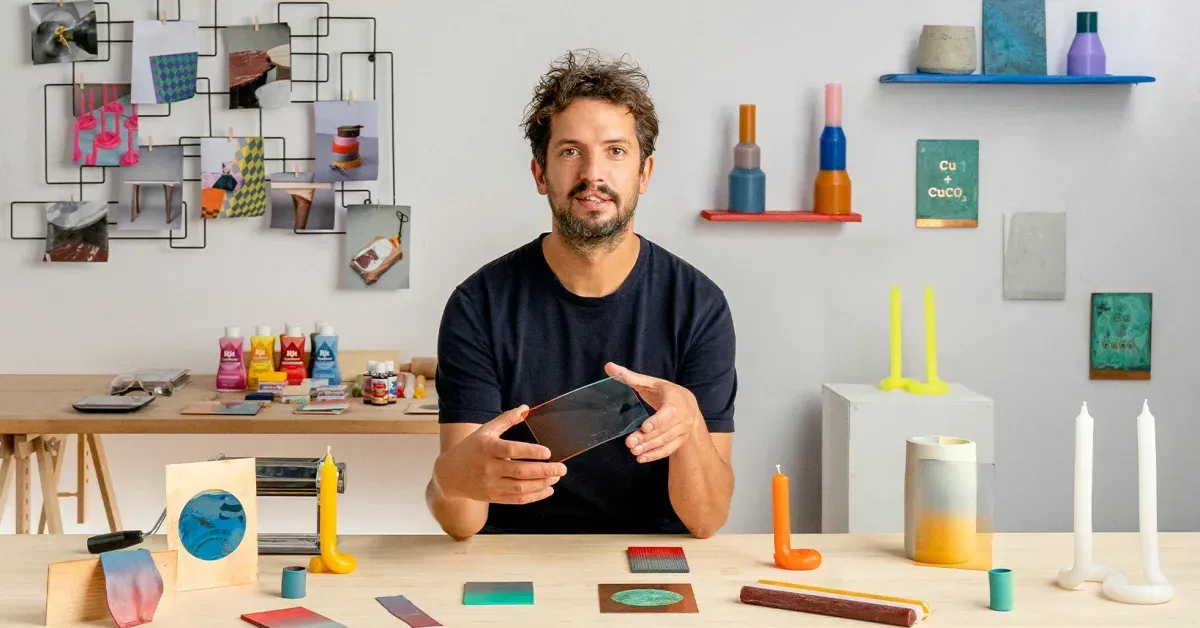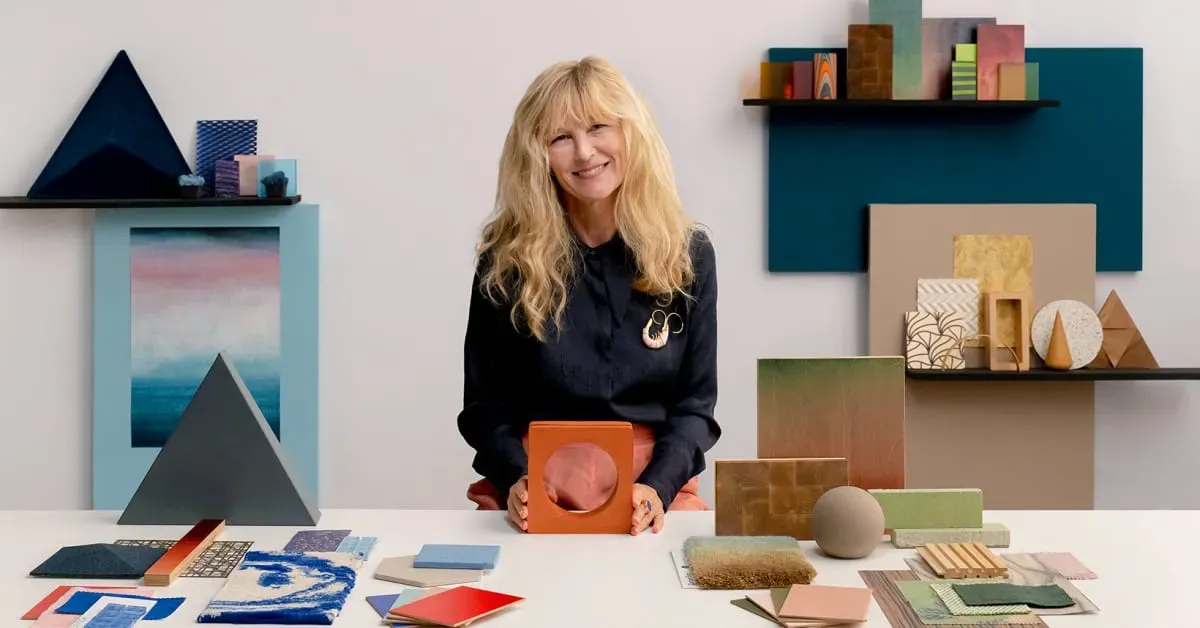
Geometric Handmade Molds: Design 3D-faceted Objects

Create unique 3D-faceted objects with geometric handmade molds. Learn how to use various materials such as concrete, jesmonite, and acrylic resin to craft functional and sculptural pieces through original casting techniques.▼
Course Feature
![]() Cost:
Cost:
Paid
![]() Provider:
Provider:
Domestika
![]() Certificate:
Certificate:
No Information
![]() Language:
Language:
English
![]() Start Date:
Start Date:
Course Overview
❗The content presented here is sourced directly from Domestika platform. For comprehensive course details, including enrollment information, simply click on the 'Go to class' link on our website.
Updated in [March 06th, 2023]
This course provides an overview of the fundamentals of casting into moulds. Phil demonstrates his unique casting technique and explains why it allows him to create complex objects in a relatively simple manner. Participants will gain an understanding of the casting materials required and learn Phil's method for designing and creating mould shapes. Additionally, participants will learn how to transform a simple 2D plastic sheet into a complex 3D form, as well as how to make extra mould components from readily available materials. Finally, participants will learn how to make a vase and a light shade from the same mould.
[Applications]
After this course, participants can apply the knowledge they have gained to create their own 3D-faceted objects. They can use the techniques they have learned to design and create mould shapes, as well as to transform a simple 2D plastic sheet into a complex 3D form. Additionally, they can use the materials they have learned about to make extra mould components from readily available materials. Finally, they can use the same mould to make a vase and a light shade.
[Career Paths]
1. 3D Modeler: 3D modelers create 3D models for use in video games, movies, and other media. They use specialized software to create 3D objects, characters, and environments. As technology advances, 3D modelers are increasingly in demand, as they are able to create more realistic and detailed models.
2. 3D Animator: 3D animators create 3D animations for use in video games, movies, and other media. They use specialized software to create realistic and detailed animations. As technology advances, 3D animators are increasingly in demand, as they are able to create more complex and lifelike animations.
3. 3D Printing Technician: 3D printing technicians are responsible for operating 3D printers and creating 3D printed objects. They use specialized software to design and create 3D objects, and then use 3D printers to print them. As 3D printing technology advances, 3D printing technicians are increasingly in demand, as they are able to create more complex and detailed objects.
4. 3D Faceted Object Designer: 3D Faceted Object Designers are responsible for designing and creating 3D-faceted objects. They use specialized software to design and create 3D objects, and then use 3D printers to print them. As 3D printing technology advances, 3D Faceted Object Designers are increasingly in demand, as they are able to create more complex and detailed objects.
[Education Paths]
1. Bachelor of Science in Industrial Design: This degree program focuses on the design of products, systems, and services. Students learn how to create innovative solutions to problems and develop products that are both aesthetically pleasing and functional. They also learn about the principles of design, materials, manufacturing processes, and product development. This degree is becoming increasingly popular as the demand for creative and innovative products increases.
2. Master of Science in Mechanical Engineering: This degree program focuses on the design and development of mechanical systems. Students learn about the principles of engineering, materials, manufacturing processes, and product development. They also learn about the principles of design, materials, manufacturing processes, and product development. This degree is becoming increasingly popular as the demand for innovative and efficient mechanical systems increases.
3. Bachelor of Science in Computer Science: This degree program focuses on the design and development of computer systems. Students learn about the principles of computer science, software engineering, and computer programming. They also learn about the principles of design, materials, manufacturing processes, and product development. This degree is becoming increasingly popular as the demand for innovative and efficient computer systems increases.
4. Master of Science in Design: This degree program focuses on the design of products, systems, and services. Students learn how to create innovative solutions to problems and develop products that are both aesthetically pleasing and functional. They also learn about the principles of design, materials, manufacturing processes, and product development. This degree is becoming increasingly popular as the demand for creative and innovative products increases.
Course Provider






